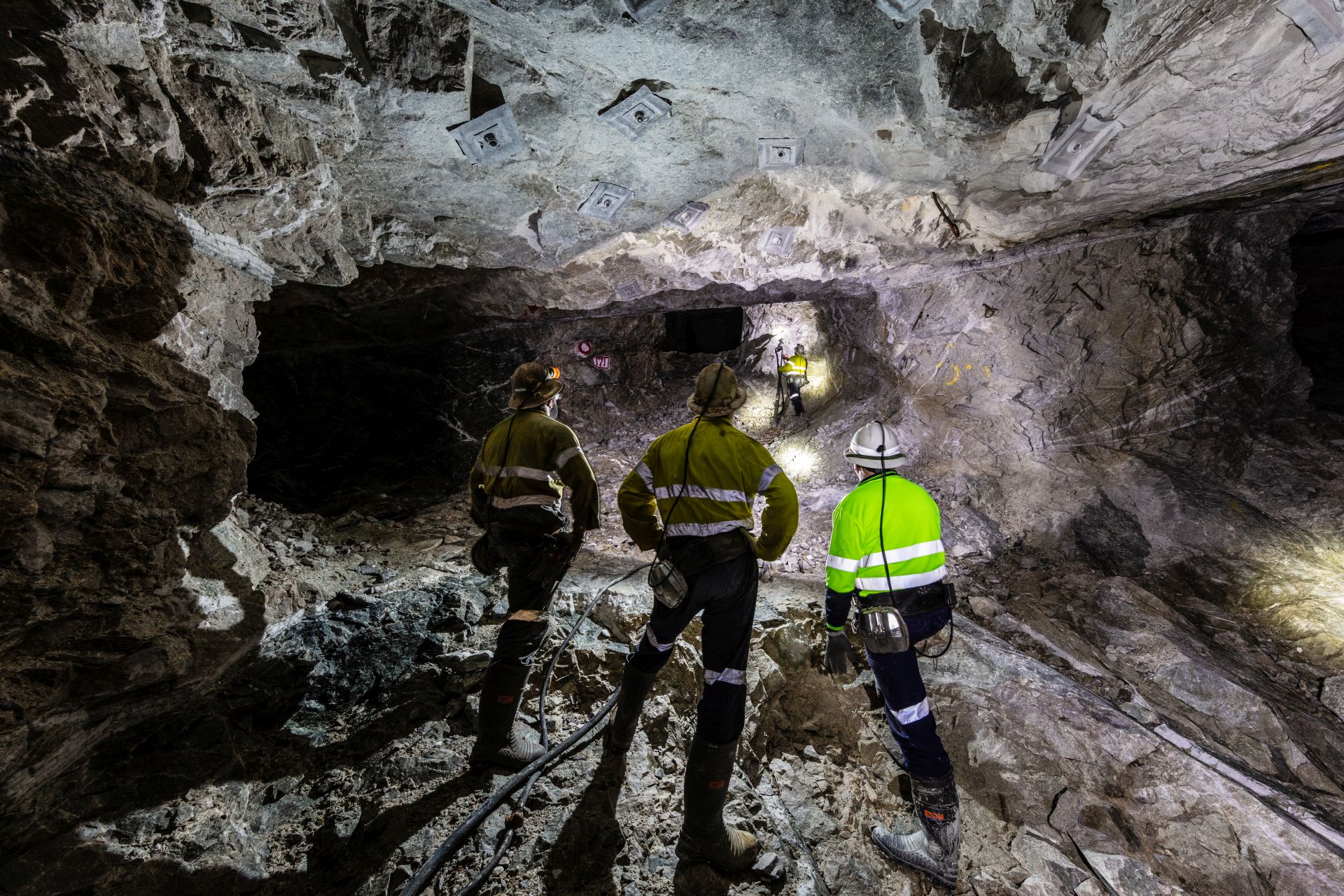Different Worlds, Same Problem: Why Finance and Geology Must Meet on Common Ground
In mining, the geologist and the finance executive might seem like they occupy entirely different planets. One walks the ground looking for subtle indicators of buried potential. The other pores over balance sheets, assessing risk, capital intensity, and time-to-yield. But increasingly, both are facing the same core challenge - and it’s rooted in data.
Mining is an industry at a critical juncture. As one of MinersAI's advisors (now a senior finance leader in an publicly traded large mining firm) puts it:
“Beyond a CEO tenure what is really at stake is the capacity of the industry to materially improve its operational performance, shake off the strategic confusion of some of the more diverse portfolios, and offer a much more compelling value proposition than its lingering value drag.”
From the surface to the spreadsheet, things are getting harder. Discoveries are deeper, deposits are more complex, and investor expectations are tighter. Whether you're exploring new ground or allocating capital, the old ways just aren’t enough anymore.
The View from Finance: “You generate more value by being more productive.”
For Finance, the problem is not theoretical — it’s urgent and structural.
“Capex intensity has increased. Time to first cash flow has increased. The time to develop a resource is very long, and this is risky. So, the best way to generate value is to generate higher operating cash flow, which means better productivity, which means better technology.” says the finance professionnal.
The industry is under pressure to move faster, but without increasing risk. Traditional routes — greenfield or brownfield investment — can be capital-heavy, slower to return, and often politically or environmentally constrained. Productivity, by contrast, offers a faster route to value.
“Productivity has to be the main priority for the mining industry because it is a challenge and very difficult to improve, compared to other industries like oil & gas or manufacturing.”
AI, automation, and smarter data use are no longer futuristic ideas. They are already at work in remote operation centres, driverless trucks, and predictive maintenance. But for Abel, this transformation must now scale across the mining value chain, not remain siloed.
“Every business has become a set of data and processes.Businesses have to find the optimal way of organising data and processes to streamline their operations”.
The View from the Ground: “The day of the one-and-done geologist is long past.”
From the geologist’s perspective, the transformation is equally urgent, but the pain points are different.
“Today, everything is deeper, it’s harder to find, there are more trace chemicals and secondary indicators involved. You might be bringing in a resource geologist or a structural geologist, maybe a geophysicist… You need many different domain experts and a much bigger team, and that means a lot more data, and a lot more diverse data.” States Chris McInnis, Director of Geology and Mineral Resources at Cerrado Gold.
The result is a data deluge — hundreds of formats, different sources, and little standardisation.
“All this data is great in that we have more knowledge about a deposit than we ever did. But its disparate formats and the sheer quantity means that trying to synthesise all of that into a single project is a huge challenge for the industry right now.”
This isn’t just a matter of inefficiency — it’s a direct blocker to faster discovery and improved resource confidence.
Even when AI is introduced, new questions emerge:
“If it costs you $10m to drill, then the data from the drill is worth $10m… When you start using something like AI, there is always the question: where is this data going? If it’s gone into the Cloud, who else is looking at it or manipulating it? What’s happened to my chain of custody?”
The caution is understandable — but it shouldn't lead to paralysis. The key is trust, transparency, and a foundational data layer that brings everything together.

The Middle Ground: A Foundational Data Layer (and a Smarter Investment Lens)
Where finance sees a need for speed and capital discipline, and geology sees a need for accuracy and data integrity, there is one unifying requirement: structured, connected, and intelligent data.
This is where the industry must change:
- From fragmented spreadsheets to integrated platforms
- From inconsistent data capture to structured, contextualised insights
- From reactive reporting to predictive, real-time visibility
And this is where MinersAI comes in.
First, by building a foundational data layer, MinersAI helps mining companies standardise and connect geoscientific data, making it possible to:
- Accelerate discovery
- Standardise and share insights across multi-disciplinary teams
- Reduce risk in exploration and development decisions
- Protect the chain of custody in an AI world
Second, through MinersAI Analyst - advanced AI capabilities to speed up the evaluation of mining investment opportunities — using a large language model trained specifically by our geoscientists and data scientists. This expert model is designed to interpret technical documentation, extract meaningful insights, and provide a clear, fast lens on the quality and potential of exploration projects.
Whether you're allocating capital investment or drilling core, you can’t act on data you can’t trust or understand. And you certainly can’t afford to wait months to understand whether an opportunity is worth pursuing.
Conclusion: A Common Language for Mining’s Future
For too long, finance and geology have spoken past each other. But the complexity of today’s mining landscape demands something different: a shared view of reality, enabled by technology, and underpinned by data you can rely on.
As Abel says: “Nothing has really changed in the last 20 years… only AI.”
And perhaps now, it's time to let AI — and the foundational data layer beneath it — be the bridge between disciplines, decisions, and ultimately, discovery.
Interested in exploring what the right AI platform could do for your organisation? Reach out and book a walkthrough with MinersAI team member here.
